Home > Climate News >

As Congress funds high-tech climate solutions, it also bets on a low-tech one: nature
[B]eyond those headline-making investments, the legislation acknowledges a less-heralded but essential part of the effort to combat climate change: nature. Or, more precisely, that given a chance, nature can be a profound ally in the fight against climate change…
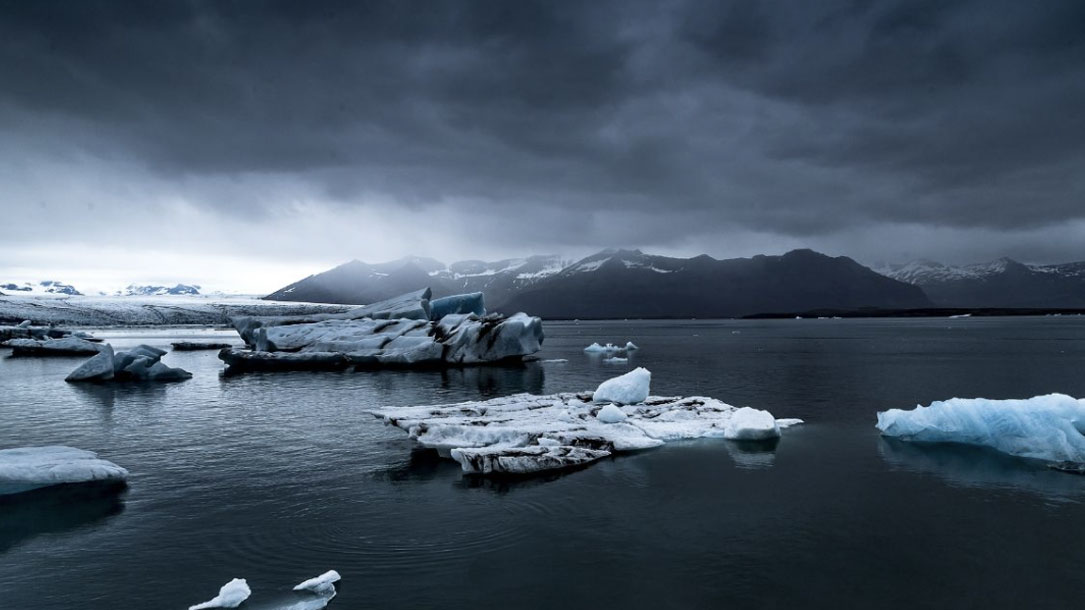
Climate change drives rapid decadal acidification in the Arctic Ocean from 1994 to 2020
The Arctic is warming at a rate faster than any comparable region on Earth, with a consequently rapid loss of sea ice there. Qi et al. found that this sea ice loss is causing more uptake of atmospheric carbon dioxide by surface water and driving rapid acidification of the western Arctic Ocean, at a rate three to four times higher than that of the other ocean basins. They attribute this finding to melt-driven addition of freshwater and the resulting changes in seawater chemistry.
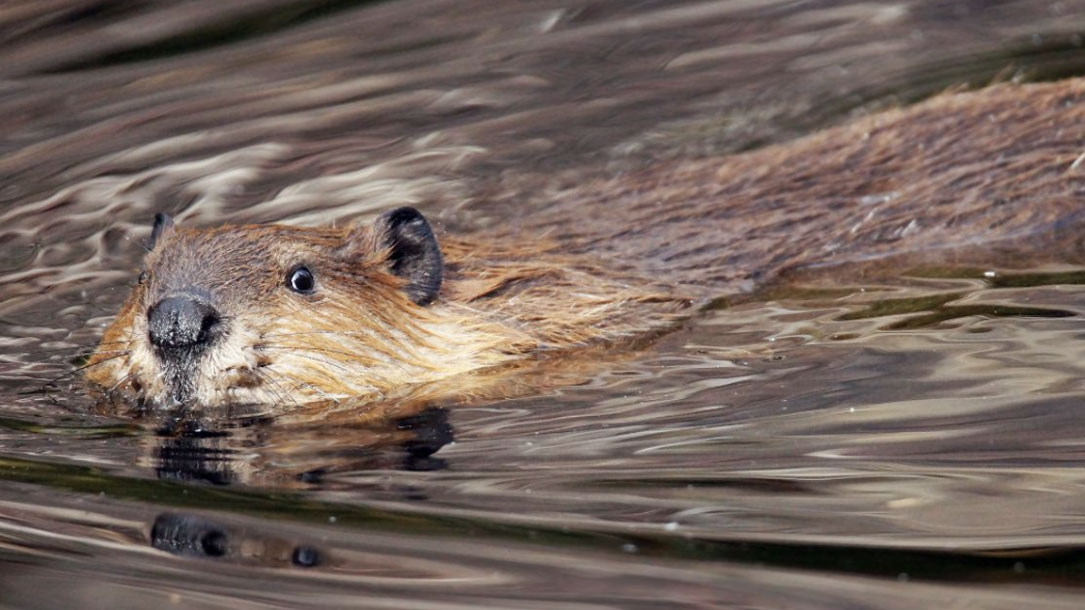
Saving Our Swamps [Letter in the New Yorker Magazine]
Here you will find a short letter submitted by the land trust’s executive director, under the heading “Letters respond to Annie Proulx’s piece about swamps” (and beavers as part of the climate solution):
The dewatering of North America that Proulx describes was underway well before the nineteenth century, when westward expansionists began cutting down forests and farmers began draining and tilling fields. By the time those people were “reclaiming” land for their use, fur traders had been wreaking havoc on our wetlands for almost two hundred years, through the commodification of beavers…
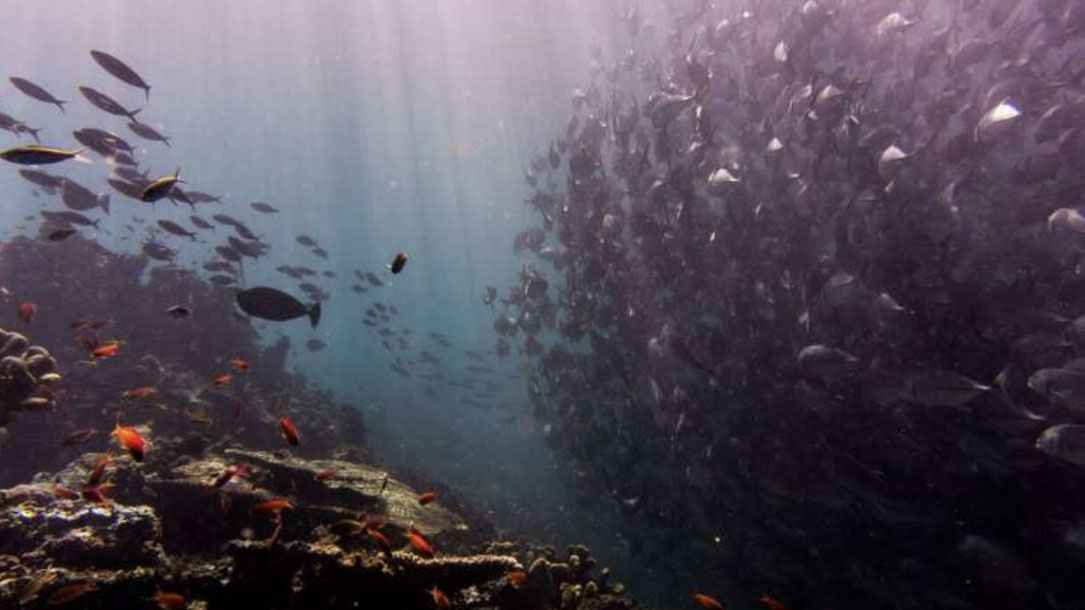
Study shows 90% of marine species at risk of extinction in 78 years if greenhouse gas emissions are not curbed
Greenhouse gas emissions impact the world’s climate in two ways. They raise the temperature of the atmosphere (and by extension, Earth’s surfaces and bodies of water) by holding in heat, and in the case of CO2 emissions, they make water more acidic, like carbonated soft drinks…
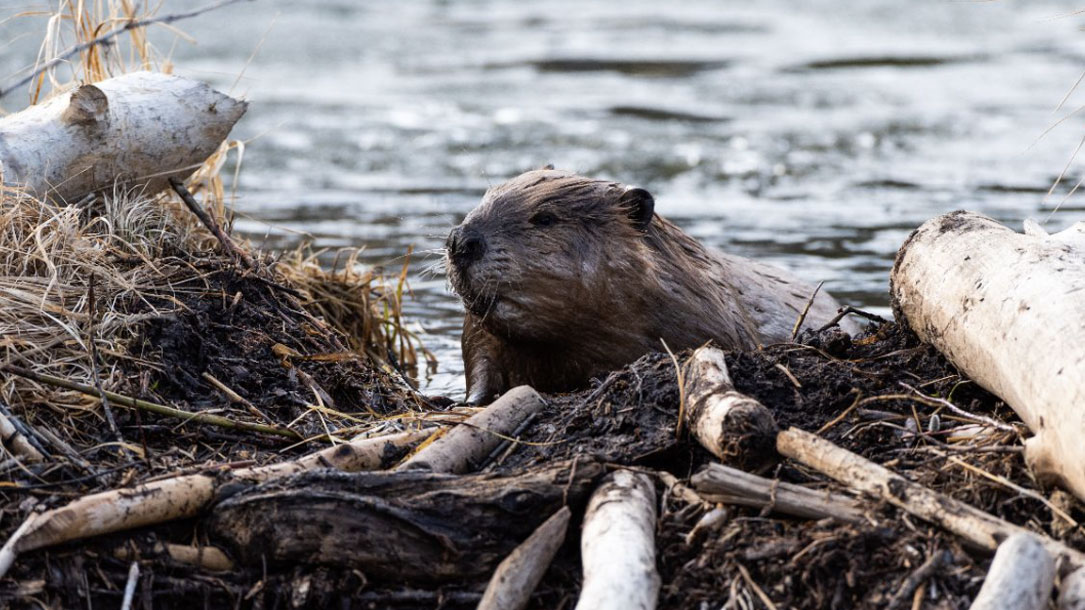
Beaver: The North American freshwater climate action plan
Rivers and streams, when fully connected to their floodplains, are naturally resilient systems that are increasingly part of the conversation on nature-based climate solutions. Reconnecting waterways to their floodplains improves water quality and quantity, supports biodiversity and sensitive species conservation, increases flood, drought and fire resiliency, and bolsters carbon sequestration. But, while the importance of river restoration is clear, beaver-based restoration—for example, strategic coexistence, relocation, and mimicry—remains an underutilized strategy despite ample data demonstrating its efficacy.

Riverscapes as natural infrastructure: Meeting challenges of climate adaptation and ecosystem restoration
Rivers have been diminished, simplified, and degraded globally by the concentration of agriculture, transportation, and development in valley bottoms over decades and centuries, substantially limiting their ecological health and value. More recently, climate change is steadily increasing stress on aging traditional, gray infrastructure. Recent trends in river management present an opportunity to address both the ecological degradation and climate stress.

Protect your woodlands
“Over 75% of Vermont’s land is forested, and much of that land is privately owned, often by families and individuals. Conserving these forests matters a great deal for our climate, our economy, and our communities. If you own woodland and want it to remain forested, conservation is one option you could consider. We can help you explore your options and guide you through the process…”
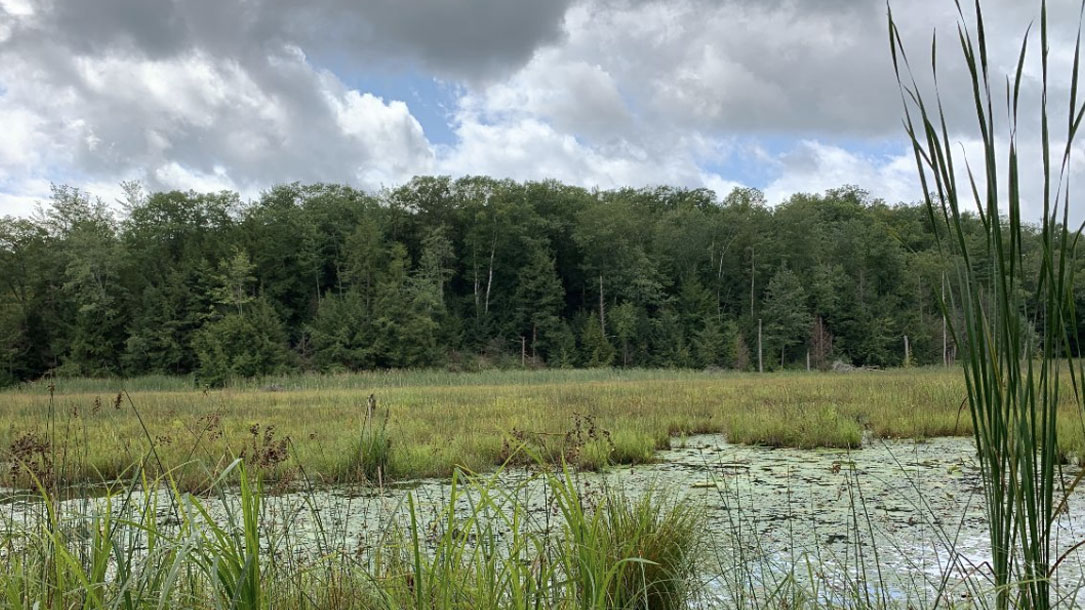
Coastal marsh migration may further fuel climate change
As rising sea levels cause marshes to move inland in six mid-Atlantic states, the coastal zone will not continue to serve as a carbon sink but release more carbon into the atmosphere, a new modeling study led by researchers at Duke University finds.
Earlier estimates focused on the potential for an expanded area of coastal marshes to capture more carbon, removing it from the atmosphere where it acts as a greenhouse gas in the form of carbon dioxide. But as coastal marshes invade low-lying forests and freshwater wetlands, the loss of trees and decomposition will release more carbon into the air than can be captured by the marshes, further contributing to global climate change…

Large influence of soil moisture on long-term terrestrial carbon uptake
The impact of climate change on soil moisture could push land past a “tipping point” — turning it from a net carbon “sink” to a source of CO2.
This research shows that levels of soil moisture — which are impacted by rising temperatures and extreme events such as droughts — can have a “large negative influence” on the land’s ability to store carbon…
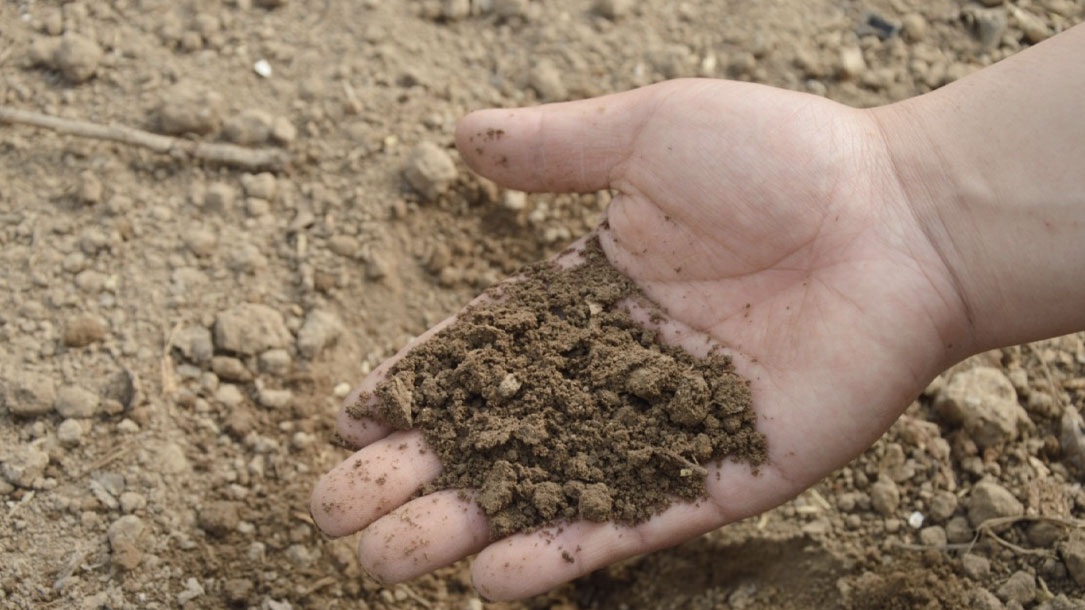
Climate change’s impact on soil moisture could push land past the ‘tipping point’
The impact of climate change on soil moisture could push land past a “tipping point” — turning it from a net carbon “sink” to a source of CO2, one study finds.
The research, published in Nature, shows that levels of soil moisture — which are impacted by rising temperatures and extreme events such as droughts — can have a “large negative influence” on the land’s ability to store carbon…












